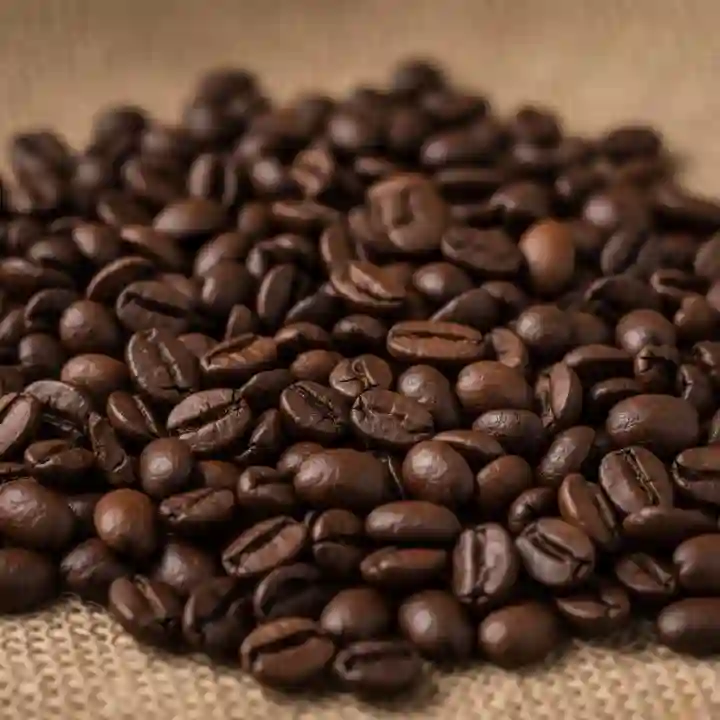Starbucks Store Closures!
Starbucks’ decision to close stores isn’t just about coffee; it signals a shift in how retail businesses are adapting to changes in real estate and consumer behavior. Back on September 25, 2025, Starbucks shared plans to close up to 400 company-operated stores in North America and cut 900 corporate jobs. This move is part of a $1 billion plan aimed at boosting growth and responding to new consumer demands.
What this means for business leaders, investors, and local economies.
Introduction: Adapting to Survive
Remember when Starbucks was the go-to place for freelancers, students, and community groups? Now, in late September 2025, Starbucks is closing stores, causing concern among coffee lovers and business experts. Is this a sign of trouble, or is it a smart way to change with the times?
These closures, job cuts, and strategic shifts show the tough choices leaders face when trying to keep a well-established company competitive in a world that’s dealing with inflation, changing shopping habits, and new competitors.
Section 1: By the Numbers
About 400 stores in the U.S. and Canada will close soon, which is about 1% of Starbucks’ North American locations.
Starbucks expects to end 2025 with around 18,300 stores in North America (both company-owned and licensed), a decrease from 18,734 at the end of the previous quarter.
Approximately 900 corporate jobs are being cut, with affected employees being informed by the end of September.
The $1 billion restructuring includes $850 million for closure and lease expenses and about $150 million for severance packages.
These changes follow an earlier layoff of 1,100 support center employees and reflect declining sales over the past year and a half.
Section 2: The Strategy Behind the Closures
CEO Brian Niccol’s Back to Starbucks Strategy
Niccol’s plan centers on:
Remodeling over 1,000 stores to bring back the community atmosphere.
Prioritizing stores that meet specific financial and customer satisfaction goals.
Reducing the menu by about 30% and introducing items that match current trends (like protein-rich options, coconut water, and better bakery items).
Investing in employees: $500 million for longer store hours and improved customer service.
Decreasing corporate staff and cutting unfilled positions.
Reasons for the Changes
Starbucks is dealing with:
Increased competition: From cheaper drive-thru chains to coffee at convenience stores.
More budget-conscious consumers: Due to the current economic situation.
Changing consumer behavior: More people are taking coffee to go or brewing at home, and fewer are staying in stores.
Operational difficulties: With a complicated menu and store designs that aren’t ideal for either online orders or in-store customers.
Section 3: On-the-ground Perspectives
According to an assistant store manager in Philadelphia, the goal is to reassign baristas from closing stores to nearby locations. However, the manager noted that any store closure is difficult for employees. On the other hand, franchise owners anticipate more customers as stores consolidate and high-performing locations get upgrades.
Corporate team leaders expressed concerns about the sudden job cuts but agree that these adjustments are needed for the company to remain strong, especially with rising real estate and labor costs impacting profits.
Key Business Points
Pay attention to individual store performance: Retailers need to assess the profit contribution of each location, mainly as online shopping and local digital options become more common.
Customer experience is crucial: Store design, menu, and employee training are still vital for justifying premium coffee prices.
Communication with employees is essential:** Getting employees on board with changes is crucial, especially with potential union activity on the horizon.
Section 4: Potential Risks
Brand image: Too many closures, especially in prominent areas, can create negative perceptions about the company, even if the strategy is sound.
Employee relations: Closing stores or cutting jobs without clear communication can lead to union actions or negative public relations.
Execution issues: Cutting back too much could allow competitors to gain market share or prevent Starbucks from exploring new store formats, like drive-thru-only or pickup locations.
Section 5: Strategic Actions after Starbucks Store Closures
1. Monitor remodel progress: The new store designs are expected to increase customer visit times and satisfaction.
2. Track sales trends: A successful turnaround often depends on stabilizing sales.
3. Observe the competition: Keep an eye on how Dunkin’, Peet’s, McDonald’s, and local coffee shops respond to Starbucks’ actions.
4. Watch for new store openings: Starbucks plans to resume net store growth in 2026 if the changes are effective.
Reliability and Sources
This information comes from Reuters, CNBC, Yahoo Finance, and Starbucks’ official statements, as well as conversations with managers and analysts. All data is checked against official filings and industry reports.
Conclusion: Restructuring or Decline?
Starbucks’ store closures are more about making strategic adjustments for future growth. This move teaches business leaders, investors, and communities the value of making difficult decisions to strengthen a brand and improve operations. It is anticipated that Starbucks will be more efficient and focused in 2025, and these adjustments often reflect wider trends in consumer behavior, labor, and retail.
What are your thoughts on Starbucks’ store closures? Share your comments or consult with a retail analyst or real estate advisor for guidance on adapting to changing trends in your industry.




